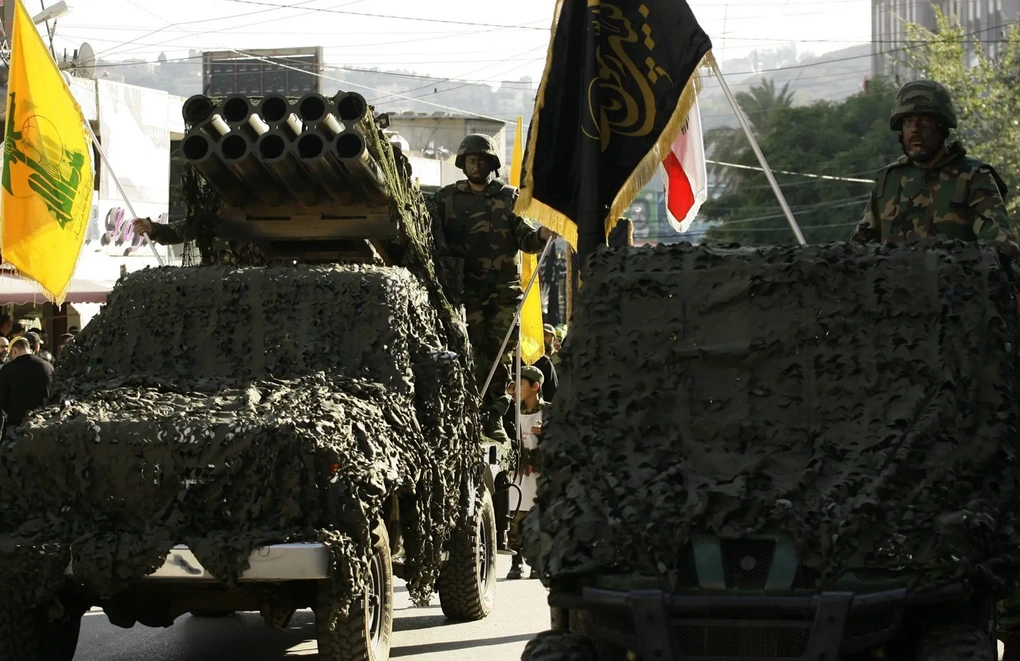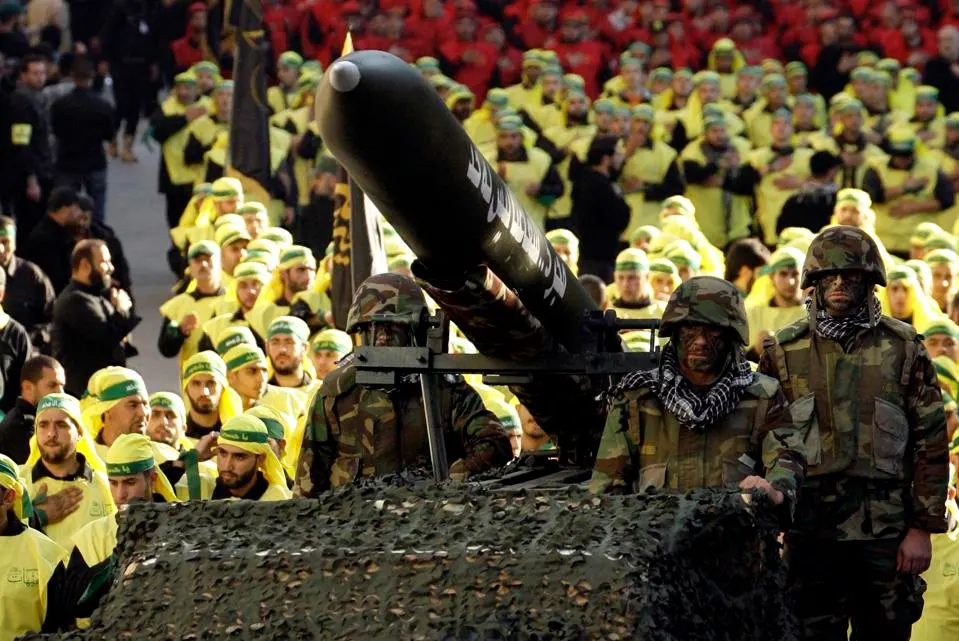
Hezbollah’s Arsenal: Rockets, Missiles, and UAVs
Hezbollah in Lebanon possesses a range of weapons capable of reaching across Israel, presenting a significant threat to the country.

In response to the recent assassination of Hamas leader Ismail Haniyeh in Tehran and the killing of senior Hezbollah commander Fuad Shukr in Beirut, Israel is rapidly preparing to counter potential attacks from Iran and Hezbollah.
The focus has intensified on Hezbollah’s weapons stockpile due to their proximity to Israel, while Iran, geographically farther away, remains a key supporter. The Center for Strategic and International Studies (CSIS) has described Hezbollah as “the most heavily armed non-state actor in the world.”
Hezbollah has been actively engaging in exchanges of fire with Israel in southern Lebanon since Tel Aviv’s recent campaign in Gaza. Hezbollah’s leader has warned that the conflict is entering a “new phase.”
Malcolm Davis, a senior analyst at the Australian Strategic Policy Institute (ASPI), notes that Hezbollah is essentially an arm of Iran. “Any Iranian attack on Israel will likely involve Hezbollah,” he says. CSIS analysis highlights that Iran is a primary supporter and weapons supplier for Hezbollah, with the group boasting a significant arsenal. According to the CIA World Factbook, Hezbollah is equipped with up to 150,000 rockets and missiles.
During the 2006 conflict with Israel, Hezbollah fired approximately 4,000 rockets, mainly unguided Katyushas with a range of 30-40 km. Recently, the group has employed unguided Falaq-1 and Falaq-2 rockets, with ranges of 10-11 km. Israel has accused Hezbollah of using Falaq-1 rockets in a deadly attack on civilians in the Golan Heights last month, though Hezbollah denies involvement.
Earlier this year, Hezbollah leader Nawaf al-Mousawi boasted about their rapid weapon stockpiling, claiming they can double their arsenal in a month compared to previous six-month periods.
Hezbollah has been increasing its inventory of precision-guided munitions and enhancing rocket guidance systems. Since October of the previous year, the group has used advanced Iranian-made rockets such as Fajr (Dawn) and Zelzal (Earthquake), which have longer ranges and more powerful warheads than Katyushas.

The Israeli National Security Research Institute estimated that Hezbollah holds around 40,000 rockets with a 15-20 km range, 80,000 missiles with a 100 km range, and approximately 30,000 missiles with a range of 200-300 km. CSIS suggests that Hezbollah may have acquired Scud missiles from Syria, with ranges of 300-550 km, potentially allowing them to target Israel from northern Lebanon.
Hezbollah has also claimed to use Burkan ballistic missiles, with a range of about 1,000 km and a diameter of 0.88 meters. U.S. officials believe these are Qiam-1 missiles developed by Iran, capable of carrying a 750 kg warhead.
In April, Iran launched an unprecedented attack on Israeli territory, firing over 300 missiles, with 99% intercepted. According to Davis, this was a political message, but future attacks could be more aggressive. “We might see a much larger attack from multiple directions, overwhelming defenses all at once,” he notes.
Israel has a multi-layered defense system, including the Iron Dome, considered one of the most effective in the world. Davis predicts that a large volume of unguided rockets may be used to saturate the Iron Dome, allowing precise missiles to penetrate and hit high-value targets.
In addition to rockets and missiles, Hezbollah has conducted numerous drone strikes against Israel. They use locally assembled UAVs such as Ayoub and Mersad, which are cost-effective and easy to produce. Hezbollah leader Hassan Nasrallah has credited their ability to manufacture UAVs with significantly expanding their drone arsenal.
Dina Arakji, an analyst at Control Risks, believes Hezbollah also employs Iranian Shahed-136 suicide drones, which offer high tactical advantages due to their autonomy and launch flexibility. UAVs are used for city attacks or precision strikes but are mainly intended to overwhelm Israeli air defenses when combined with missiles and rockets. Iran used about 185 UAVs in its April attack on Israel.
During the 2006 conflict, Hezbollah demonstrated their anti-ship missile capabilities by hitting an Israeli naval vessel, causing casualties and damage. Analysts, including Arakji, suggest Hezbollah may now possess Russian-made Yakhont anti-ship missiles with a 300 km range, though this has not been confirmed by the group.
The Washington-based Democracy Protection Organization considers Yakhont missiles a “game-changer” due to their supersonic speed and ability to deliver warheads over long distances. Davis anticipates a cycle of retaliation if Israel is attacked, with escalating responses from Iran and Hezbollah.
In recent days, the U.S. and its Arab allies have engaged in diplomatic efforts to de-escalate tensions, while the U.S. has significantly increased its military presence in the Middle East. The Pentagon has deployed additional cruisers and destroyers capable of ballistic missile defense to Europe and the Middle East and has sent more missile defense systems to the region.
“The substantial U.S. military presence aims to prevent any parties from crossing the line,” Davis concludes.



